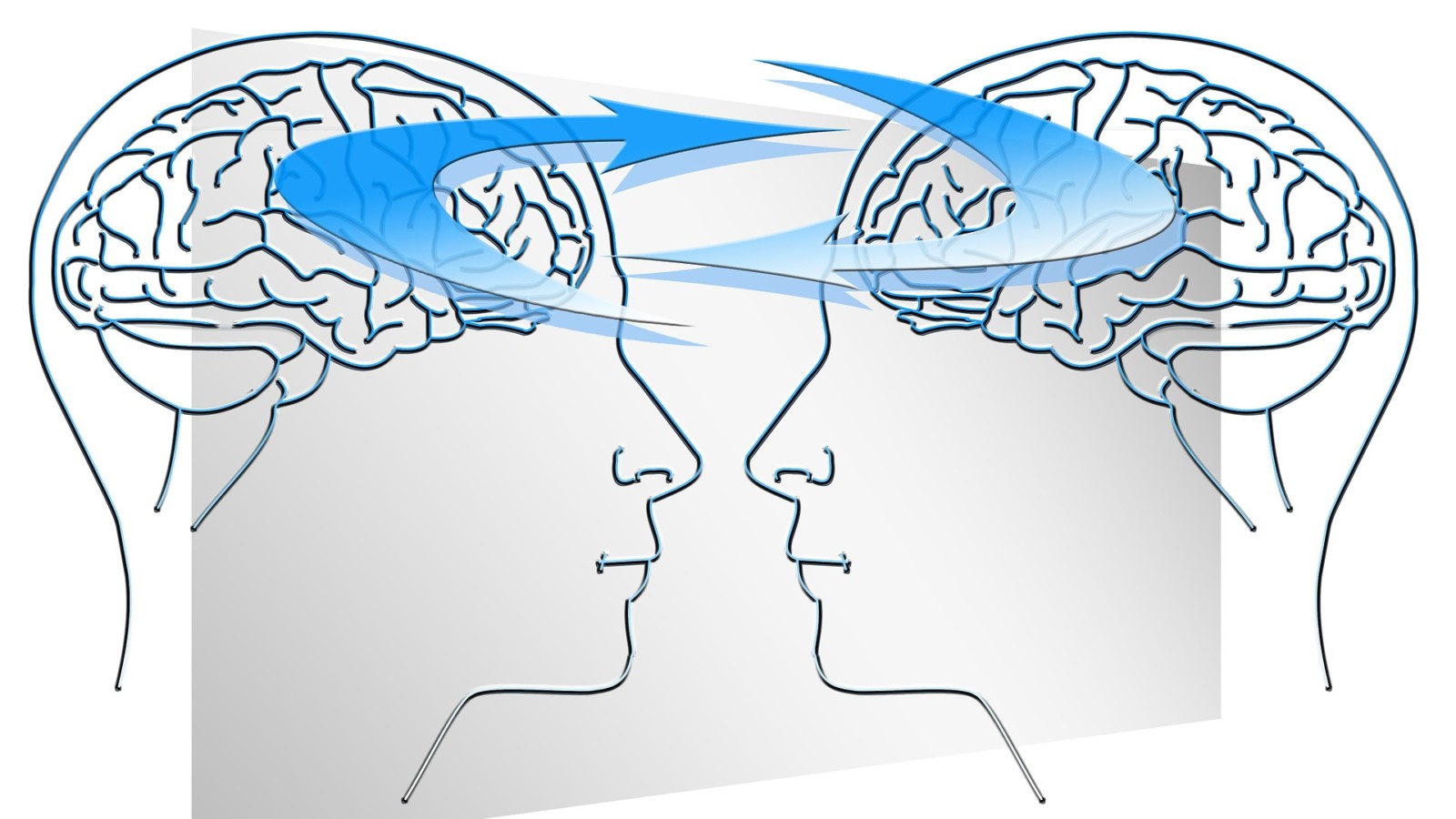As human beings, we crave love and connection with others. As scientific research shows, social connection and relationships are essential human needs that improve our physical health and mental and emotional well-being.
We feel personal connection when we have shared experiences, relatable feelings, or similar beliefs or opinions. It is when there is a sense of “oneness” and belonging to something greater than ourselves.
Yet all too often, connection with others has been lost or is missing – whether as a direct result of the pandemic or just in our everyday interactions with others.
For instance, when we interact with others in the course of a day, we tend to default to disconnection. We have automatic thoughts, judgments, and emotional reactions that drive what we say and do next. So, if our personal interactions are carried out while stressed, angry, or anxious, for instance, this can wreak havoc on any interpersonal relationship – whether at home or at work.
And the more we default to interacting while experiencing automatic thoughts and emotions like this, the more they automatically reappear. Our brains are constantly changing the more we think, feel, and act the same way. In scientific terms, this is called “neuroplasticity.”
Incredibly, neuroscientists like communication pathologist and cognitive neuroscientist Caroline Leaf, Ph.D., have discovered that we can actually control and direct the plasticity process in a positive direction. Therefore, if you commit to having deep personal connections in your life, you can intentionally create those relationships by changing your brain structure.
Dr. Leaf has a concrete five-step process for changing your brain:
Step one: Observe and Gather.
First, take a few minutes to just gather awareness of how you are feeling and what you’re thinking. What physical sensations are you experiencing as a result of your feelings?
Dr. Leaf also suggests practicing in every moment being consciously aware of what you’re feeling, thinking, and reacting or doing.
Step 2: Reflect
Next, take a few minutes to deliberately ask yourself “why” questions and reflect on any unconscious thoughts or beliefs that come up. For instance, why am I reacting like this? Are there any memories associated with this feeling?
Step 3: Write
Once you’ve done the first two hardest steps, write down the answers to your reflections from step 2. This really helps you become consciously aware of your thinking process. And writing only, no typing. As Dr. Leaf notes, writing is scientifically proven to activate certain parts of the brain and you’re able to literally get your thoughts out of your head and onto paper, which is important, especially for managing anxiety.
Step 4: Reconceptualize
In step 4, take a few moments and ask how you can reframe your thoughts into possibilities. What assumptions in your thinking or toxic patterns are you noticing?
Step 5: Active Reach
The last step, according to Dr. Leaf, is to take what you wrote and reconceptualized and come up with a simple action you can do when these thoughts and feelings come up again.
For example, you might commit to taking slow deep breaths in the moment. If you feel overwhelmed, you might look at your current commitments and see what you can give up or delegate.
Dr. Leaf notes that this 5-step process is not meant to be completed in a single day and takes long-term commitment. After all, she notes, “real neuroplasticity happens after 63 days.”
For greater personal connection and better relationships, it’s important to first commit to that intention. Then you know you have the power to intentionally create connected relationships in each moment.
Like this post? Please share or Sign up to subscribe weekly and you’ll never miss a post.


